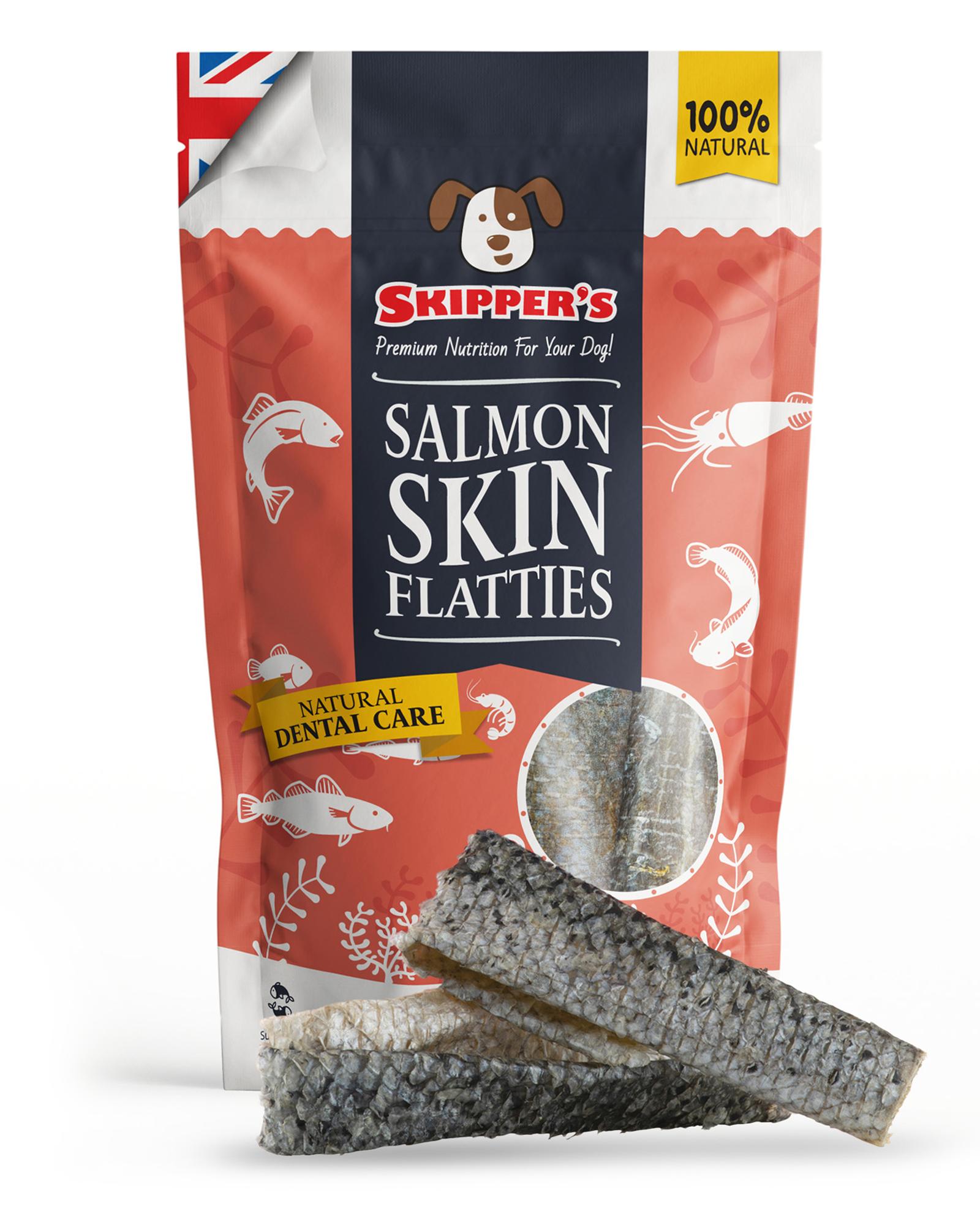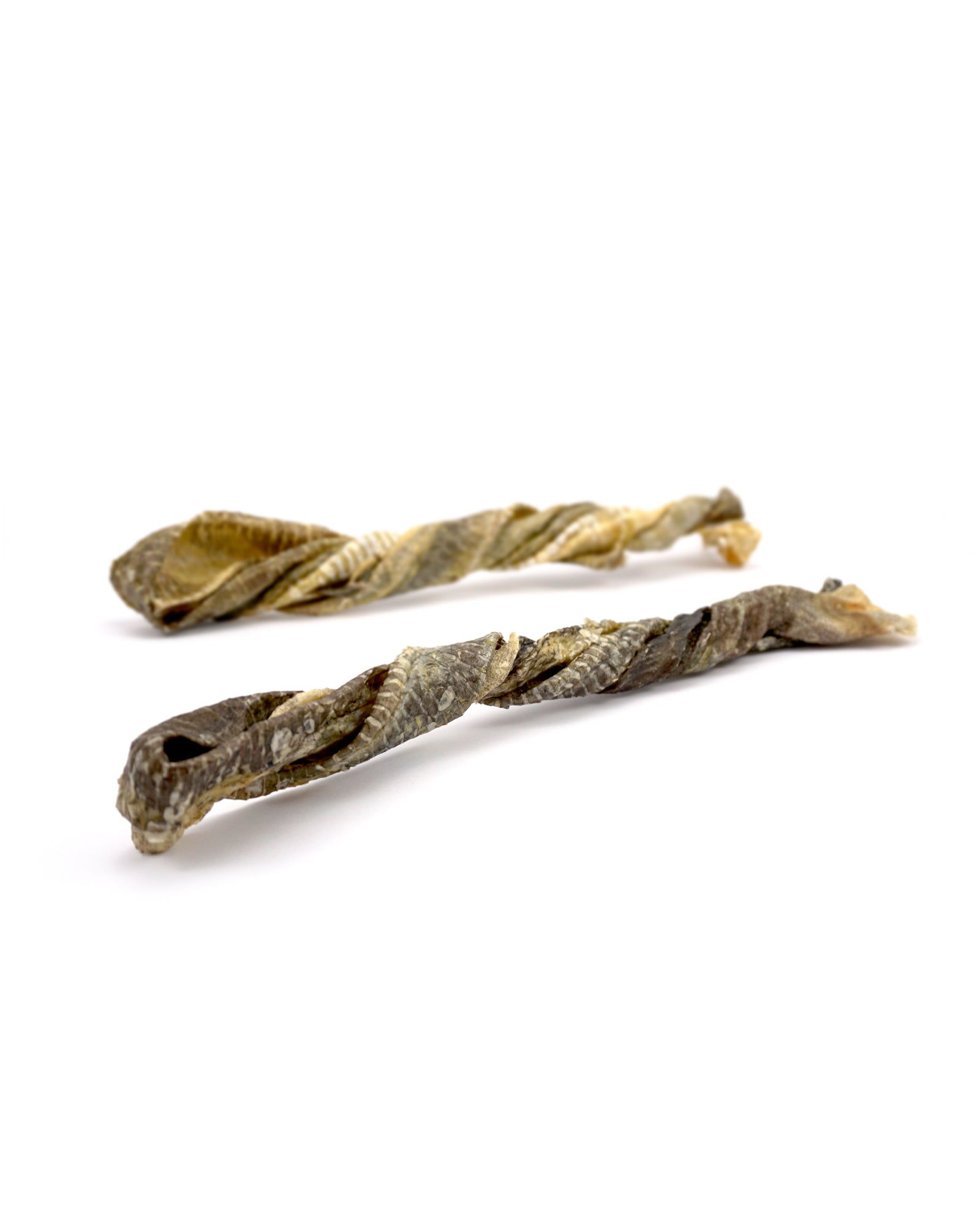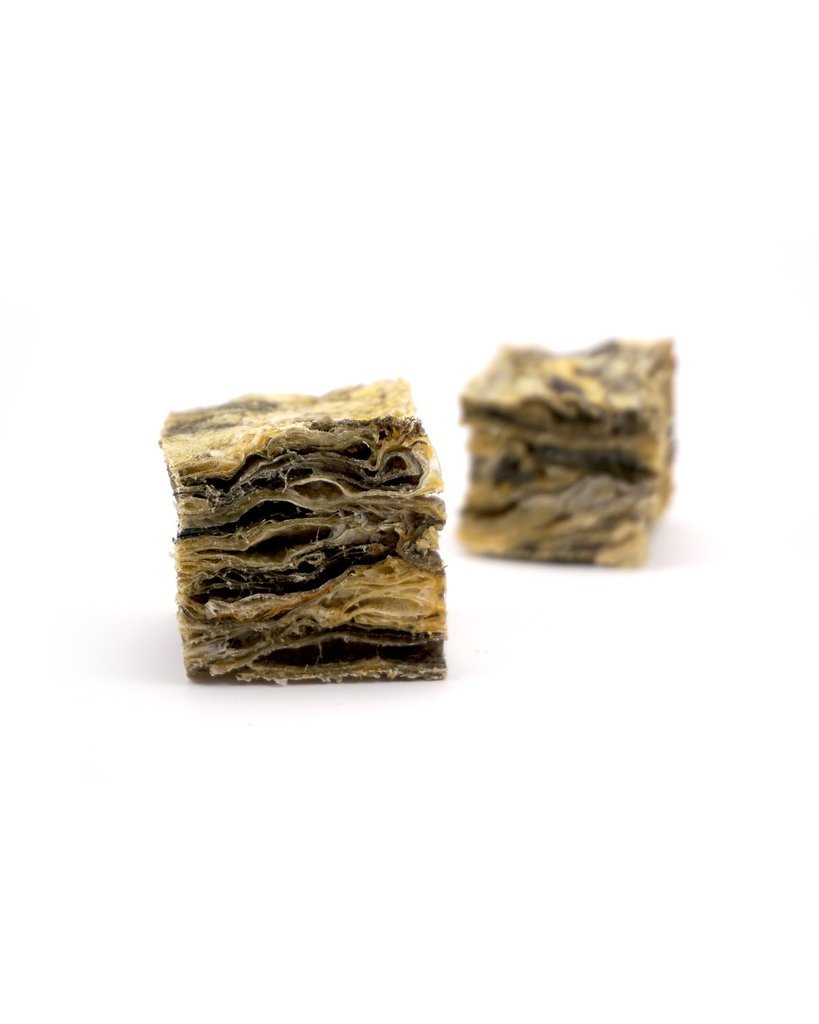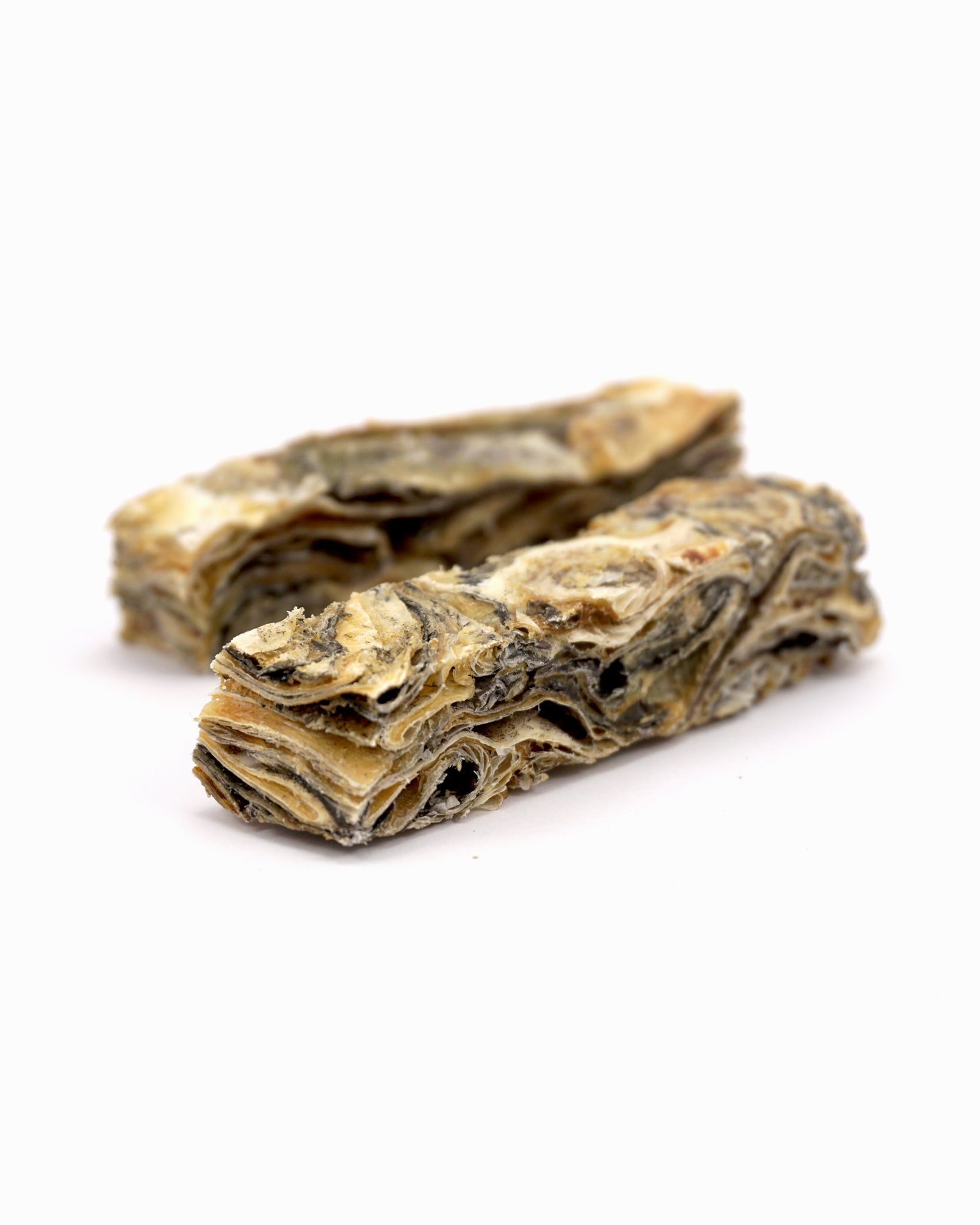Cherry Eye in Dogs | Causes, Signs and Treatments

Cherry eye in dogs is a common condition that dog owners may encounter, especially if they have breeds predisposed to this issue. Understanding the causes, signs, and treatments of cherry eye can help you provide the best care for your furry friend.
What is cherry eye in dogs?
Cherry eye in dogs occurs when the tear gland of the third eyelid prolapses and becomes visible. This gland, also known as the nictitating membrane, is responsible for producing a significant portion of your dog's tears. When it protrudes, it creates a pink or red mass that resembles a cherry, hence the name "cherry eye."
What are the signs of cherry eye in dogs?
Recognising the signs of cherry eye in dogs is crucial for early intervention and treatment. Here are the common symptoms:
-
Visible red or pink lump: One of the most noticeable signs of cherry eye in dogs is a red or pink lump in the inner corner of the eye. This lump is the prolapsed gland itself and can be quite alarming to see.
-
Eye irritation: Dogs with cherry eye often exhibit signs of irritation, such as pawing at their eye or rubbing their face on the ground. This is due to the discomfort caused by the exposed gland.
-
Excessive tearing: Increased tear production is another sign of cherry eye. You might notice your dog’s eyes watering more than usual, leading to tear stains on their fur.
-
Swelling: Swelling around the affected eye can occur, making the eye appear puffy and more prominent.
-
Discharge: There may be a mucous or pus-like discharge from the affected eye, indicating irritation or infection.
-
Squinting or blinking: Your dog may squint or blink frequently to try to alleviate the discomfort associated with cherry eye.
-
Inflammation: Redness and inflammation around the eye are common as the tissue becomes irritated.
-
Dry eye: In some cases, if the tear gland is not functioning properly, the affected eye may become dry, leading to further complications.
What are the causes of cherry eye in dogs?
Genetic predisposition
Some dog breeds are more prone to developing cherry eye due to genetic factors. If you own a Bulldog, Beagle, Boston Terrier, Cocker Spaniel, or Shar-Pei, Neopolitan Mastiff, your dog may be at a higher risk. These breeds have a hereditary tendency for weaker connective tissue around the third eyelid.
Weak connective tissue
The prolapse of the third eyelid gland, commonly known as cherry eye, often occurs when the connective tissue anchoring the gland is weak or degenerative. This weakness can cause the gland to slip out of its normal position and become visible.
Age
Cherry eye frequently affects young dogs, usually under the age of two. During this developmental stage, the tissues and structures around their eyes are still maturing and may not be strong enough to keep the gland in place. In 2022, PLoS One studied 905,543 dogs. They found that the majority of those diagnosed with cherry eye were under the age of one.
Inflammation or infection
Eye infections or inflammation can lead to swelling around the third eyelid gland, pushing it out of its normal position. Addressing underlying eye conditions promptly can reduce the risk of cherry eye.
Trauma or injury
Accidents happen, and physical trauma to your dog's eye or the surrounding area can cause the third eyelid gland to displace. Whether it's a rough play session, play fighting with another dog or an unfortunate fall, injuries can be a direct cause of cherry eye.
Congenital defects
Some dogs are born with congenital defects that affect the stability of their third eyelid gland. These defects can make it easier for the gland to prolapse, even without external triggers like injury or infection.
Is cherry eye painful for my dog?
Cherry eye itself is not usually painful, but it can cause significant discomfort and irritation for your dog. The exposed gland can become dry and inflamed, leading to further complications if left untreated. It's essential to monitor your dog for signs of pain, such as excessive blinking, pawing at the eye, or changes in behaviour. If you notice these signs, it's best to consult your veterinarian promptly.
When should I contact my vet about cherry eye?
You should contact your vet as soon as you notice any signs of cherry eye in your dog. Early intervention can prevent complications and provide relief for your pet. If your dog shows symptoms like a visible red lump, excessive tearing, or signs of discomfort, don't hesitate to seek professional advice. Find a veterinarian near you to discuss the best course of action.
How is cherry eye in dogs treated?
Treating cherry eye in dogs requires a multifaceted approach to ensure the best outcome for your dog's eye health. Here are the typical treatment options:

Surgical treatments
Repositioning surgery: The most common and effective treatment for cherry eye is surgical repositioning of the prolapsed gland. During this procedure, a veterinarian carefully repositions the gland back into its proper place and secures it to prevent future prolapse. This surgery is critical because the gland produces a significant portion of the tear film, which is essential for keeping the eye moist and healthy.
Removal surgery: In rare cases where repositioning is not possible, the veterinarian might recommend removing the gland. However, this option is generally avoided because it can lead to dry eye syndrome (keratoconjunctivitis sicca), which requires lifelong management.
Non-surgical options
Medications: Your vet may prescribe anti-inflammatory medications or antibiotics to reduce swelling and address any underlying infection. These medications can help manage symptoms and improve comfort, but they do not typically provide a permanent solution.
Manual Massage: In some instances, especially if the cherry eye is detected early, your veterinarian might suggest a manual massage technique to reposition the gland. This involves gently massaging the area around the prolapsed gland to encourage it to move back into place. Whilst this method can be helpful, it often provides only temporary relief.
Eye drops: Lubricating eye drops or ointments can be used to keep the eye moist and reduce irritation. These can be particularly useful in conjunction with other treatments to enhance comfort whilst awaiting surgery.
Post-surgical care
Recovery and monitoring: After surgery, your dog will require close monitoring and follow-up visits to ensure the gland remains in place and heals properly. Your vet may prescribe pain relief medications and additional eye drops to aid in recovery. It's crucial to prevent your dog from scratching or rubbing their eyes during the healing process, which might involve using an Elizabethan collar (cone).
Potential complications: As with any surgery, there are potential risks and complications. These can include infection, inflammation, or recurrence of the cherry eye. Keeping the surgical site clean and following your vet’s post-operative care instructions can minimise these risks.
What happens if I don't seek treatment for my dog's cherry eye?
If left untreated, cherry eye can lead to chronic discomfort, persistent inflammation, and potential damage to the eye. The prolapsed gland can become infected, and the lack of adequate tear production can result in dry eye, which can be painful and lead to further eye problems. It's crucial to address cherry eye promptly to avoid long-term complications and ensure your dog's well-being.
Can cherry eye in dogs reoccur?
Yes, cherry eye can reoccur, even after surgical treatment. Some dogs may experience a relapse of the condition, requiring additional intervention. The likelihood of recurrence can depend on factors such as the dog's breed, age, and the initial cause of the prolapse. Regular monitoring and follow-up with your vet can help manage and prevent recurrence.
Frequently Asked Questions
How do I treat cherry eye in dogs without surgery?
Non-surgical options for treating cherry eye include using medications to reduce inflammation and attempting to manually massage the gland back into place. However, these methods are often temporary solutions, and surgery is typically recommended for a permanent fix. Always consult your vet before trying any treatment at home.
How much does it cost to fix cherry eye in dogs?
The cost of treating cherry eye in dogs in the UK can vary depending on the severity of the condition, the type of treatment, and your location. Generally, surgical treatment to reposition the prolapsed gland can range from £250 to £800. This cost typically includes the initial consultation, the surgical procedure, and follow-up care.
Non-surgical treatments, such as medications or manual massage, might cost less but are often only temporary solutions. It's always best to get a detailed estimate from your vet to understand the specific costs involved in your dog's treatment. Additionally, pet insurance may cover part of the cost, so checking your policy can be beneficial.



























